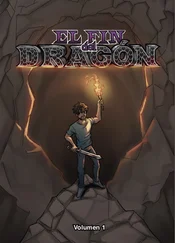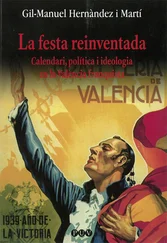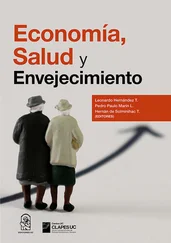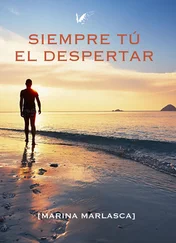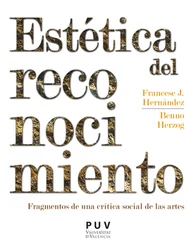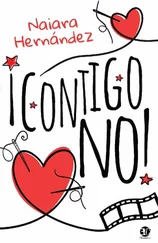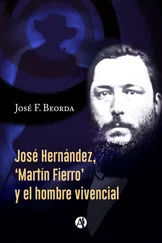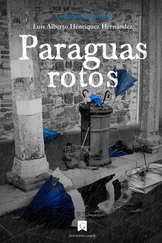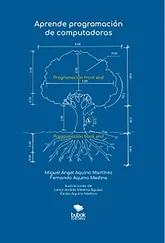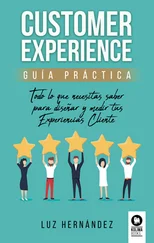I had one of Vicente Rojo’s massive paintings, with a broken frame, sitting in the hallway of my apartment. My daughter had told me that the art teacher in the neighbourhood high school had not allowed him to give lessons there. I had recorded several long conversations with him during which I had gathered barely any material for the article the newspaper wanted. I hadn’t even been able to determine whether it would be an interview, a profile, or a feature. It had changed from being the article I wanted to write into something I was being asked to do, and once again, I wasn’t sure if I’d be able to do it.
I still felt enough of my original excitement to think it was a good idea for the newspaper in the capital to publish something written by me about Vicente Rojo, but other, more vague anxieties were beginning to take hold of my brain. You could say I had forgotten the reasons why I wanted to write about the artist in the first place. Perhaps what I was trying to do was capture the melody I thought I could hear while he spoke, the melody that had washed over me like a revelation, an epiphany that demanded some sort of reaction. I still believe that when something like this happens to a person, they are obliged to leave evidence of it, but I have serious doubts about whether I’d be the best person for such a situation. I’d read on many occasions that music is the purest aesthetic expression, because it translates directly to emotion. From these givens, I reason that I was trying to come up with a formula, the correct combination of sounds from the artist’s message that had momentarily created a balanced world. I felt obliged to write about all this, which was another way of deciphering the mystery — as if I were capable of finding words to describe and bring forth the same effect as music — so that I could remember it whenever necessary.
This whole theory might seem outlandish, but the fact remains that I hadn’t thought of writing all these revelations from the artist down in a personal diary or one of my many notebooks. Instead, I had planned to publish them in an article in the newspaper from the provincial capital. So, at a bare minimum, this desire indicated that this was something beyond the scope of things that normally made me stop and think. But people don’t stop to think about all the things they should; in fact, in my case, during the period when I met Vicente Rojo, I had a clear tendency to think a lot less than a human being should. One thing I have no doubt about is that throughout those months, I fantasised about a woman capable of writing an article about Vicente Rojo and all his truths — where his greatness came from, the precise nature of the state of ecstasy provoked by his artworks — and, above all, I believed that that woman could be me, even if I was twenty kilos too heavy. At a time when the rules that had governed my reality were changing in an alarming way, I needed to believe that I was someone capable of writing a good article about this painter who by chance had entered into my life. I would also have the opportunity to tell a good story, the kind that shows the essence of a human being as they achieve their full potential, as their energies and multiple ways of being synergise. And it had to be a story published in print, because that was its natural medium. Newspapers were invented to leave written proof of significant events, to explain to readers how the world works, and to expand one’s horizons. It was also the ideal medium for me, because it seemed like printed newspapers, too, were entering their final phase. Many visionaries said that print’s days were numbered, and that newspapers would soon disappear. Nobody I knew in those days went to a newsstand to buy a newspaper; they didn’t even read them in the bars where you could still find them on the counter. But I wanted my piece on Vicente Rojo to be published in the newspaper from the regional capital: just like the artist, perhaps I, too, had come to believe that the internet didn’t exist.
Asking myself why I wanted to write the damn article was, without a doubt, a very pertinent question. But it’s also true that Isabel kept on hounding me for the article, and the painful truth of the situation was that I didn’t have enough material to write anything. I’d left the books and catalogues that the artist had given me next to the computer, on the desk that for so long was occupied exclusively by Pablo. Vicente Rojo had told me himself that I would find all my answers in those pages. I began with the most recent one, Open Diary , which was a book so exquisite that, without exaggeration, I was deeply moved simply by touching its pages. I was surprised to find many paragraphs underlined, as if Vicente Rojo himself had wished to draw my attention to the matters he considered most important. The artist wasn’t lying when he gave me the book: it was all here. As I read the underlined fragments, I heard the musicality of his voice again. All I needed to do was put the puzzle pieces he had laid out for me together: ‘the first memory I have took place on July 19, 1936, when I was four years old. I have a vivid recollection of the reaction in Barcelona to Franco’s uprising. I saw the whole thing from the window of my home. […] Ever since then, the awareness that joy is inseparable from sorrow has structured my work (and my life).’
There are other quotes and passages: some that speak of a double childhood, one about that boy staring out the window on July 19, 1936 and one about an adolescent whose life lights up once he arrives in Mexico; passages about the boy who has his left hand tied behind his back at school, and passages about a young artist questioning his creative impulses: ‘At the origin of each of my artistic projects there is the need to fill a void, and my true, abiding interest has been in figuring out how to do it. There has also been an artist’s desire to become someone else: I decided to depersonalise myself and invent a new painter (who unfortunately has to be called Vicente Rojo, too).’
This last fragment reminded me that the previous night I had dreamt that at last all my efforts had come into fruition, and I had become someone else. Far from living through a painful process of metamorphosis, in my dream I was already a different person who could look down on the insecure, timid, and fat woman who was disappearing as easily as a ‘fade-to-black’ effect on TV. The fact that I had managed to dream something so audio-visual was in itself a sign that I had already become someone else. I know it doesn’t mean anything, that it’s a very common feeling, and that when Vicente Rojo spoke of his desire to become a different painter he wasn’t talking about what I’d experienced, but a much more complex creative search, but for me the coincidence was something worth keeping in mind.
Advancing through Vicente Rojo’s book, I came across a text about a Catalan man from Mollerussa named Jusep Torres Campalans and his arrival in Chiapas in 1915. Vicente Rojo had told me about this in one of our meetings. I knew that name was linked to a certain game or puzzle concerning what was real, what was realistic, and what was true. In his text, Vicente Rojo attributed to Torres Campalans the idea that ‘art is converting truth into lies so that it never stops being true’ and the creation of a splendid book called Max Aub: The Novel . On that very page in the book, he had taped a piece of paper with something that looked like a quote or an aphorism by ‘Jusep Torres Campalans.’ The note said, ‘Blend yourself with your work. Be your own work. Don’t look at yourself from the outside. Never step back from the canvas to see the aspect of the brushstrokes. Be so inside that you cannot step outside what you have done. Nothing is worth anything, especially not a finished work. At the end of the day, it’s all rubbish.’
Читать дальше

